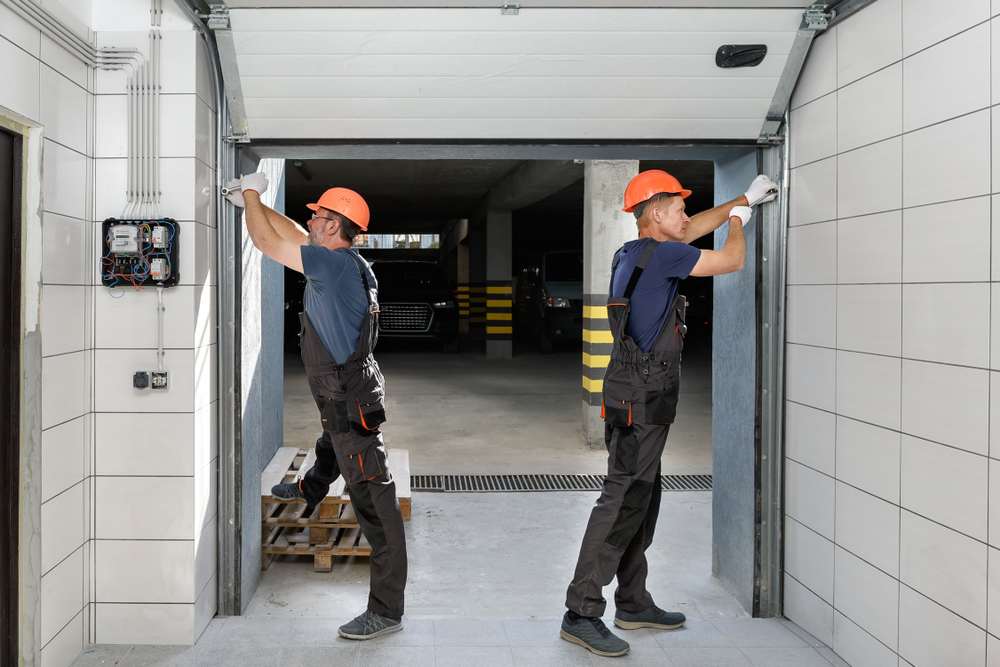
Torsion Springs: How They Work
Each time you open your garage door to drive in your beautiful machine, you wonder how smooth and easy the door responds to your pull, and the same case while closing it. Well, based on the little energy you normally apply, it is open that there must be extra hidden energy behind the door that does the magic. They are the magnificent torsion springs.
What Are Torsion Springs?
Torsion spring systems play a vital role every time you are opening or closing your garage door. They are the most commonly used spring system in several garages as they are made of denser materials and store more energy compared to its substitutes.
Installing the torsion garage door spring is a hard and risky task that requires an expert. Whenever you want to install or do a garage door repair, be sure to reach out to an expert to avoid possible damages and injuries. The Los Angeles garage repair professionals can be of great help when needed for the above.
Torsion springs are offered in different sizes and lengths depending on your garage door’s weight, height, and radius of your track. Below are some of the benefits that make the torsion springs stand out more than other springs:
- Long-lasting. Unlike other garage springs, the torsion springs are more durable. They can last for three to seven years.
- Less wear to the garage door. With torsion springs, your door’s frequent movement up and down is made easier and steady; thus, there is less stress to other parts. They offer your door a longer lifespan.
- Safety. After the long use of the spring, it will eventually weaken and some break. In case of the spring breaks, it only produces a loud sound but remains inside its shaft, causing no damage or injury.
How Do They Work?
Like any other spring, torsion garage door springs store mechanical energy using rotating or twisting motions, making them tighten. Normally the springs are located horizontally above the opening of the garage door. Whenever you pull the door down, the cables attached to the garage door’s bottom corners force the torsion springs to wind up. This energizes the system making it easy for you to close the door.
On the other hand, when you pull the garage door upwards, the same springs at the garage’s bottom corners force the springs to unwind. The unwinding process then generates energy to the system, which pushes the door smoothly upwards, allowing the door to open easily.










